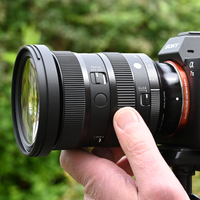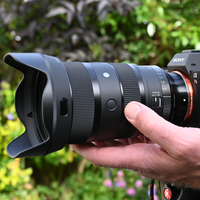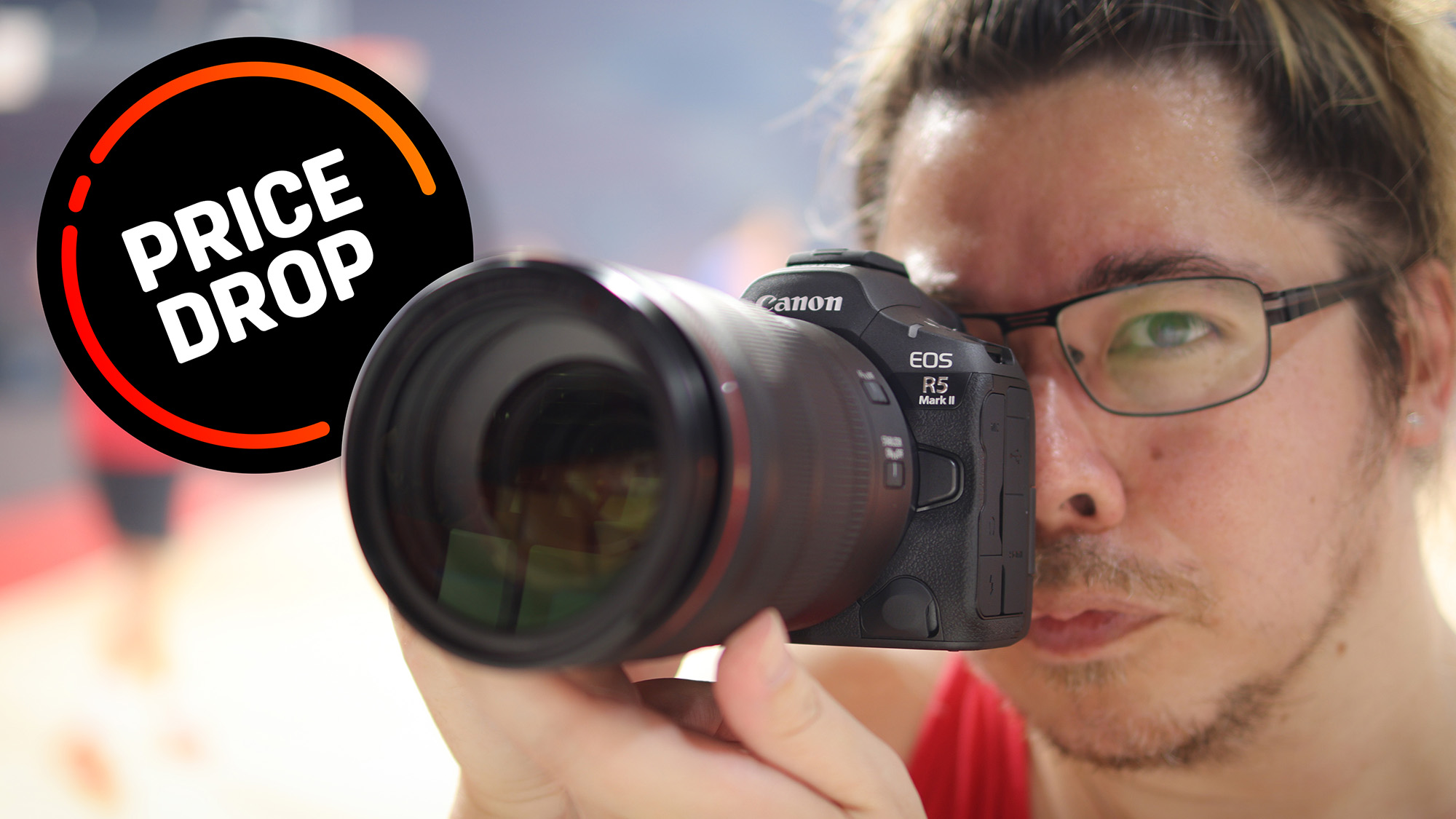Digital Camera World Verdict
I do like a constant f/2.8 ‘trinity’ standard zoom but the Sigma 28-105mm F2.8 DG DN Art offers something a bit different. Compared with most 24-70mm lenses of the breed, I like being able to stretch to a more telephoto 105mm with this Sigma, although I miss the more wide-angle 24mm coverage. It’s quite a chunky and heavy lens, weighing almost a kilogram, but has refined handling and excellent all-round performance.
Pros
- +
More telephoto reach than a 24-70mm zoom.
- +
Aperture ring and Fn buttons
- +
Excellent performance and image quality
- +
Solid build quality
Cons
- -
No optical stabilization
- -
Extending inner barrel
- -
Quite large and heavy
- -
Modest wide-angle potential
Why you can trust Digital Camera World
Everybody loves a trinity standard zoom, right? With a typical zoom range of 24-70mm, coupled with a relatively fast and constant f/2.8 aperture, they’re great for anything and everything from urban and landscape photography to portraiture and even astrophotography, up to a point. The maximum focal length of 70mm can feel a bit short for portraiture, especially for head-and-shoulders compositions and tight head shots. Tamron stretched things a bit with its Tamron 28-75mm F2.8 Di III RXD, which was also repurposed as the Nikon Z 28-75mm F2.8, before Tamron upped the ante with its subsequent Tamron 28-75mm F2.8 Di III RXD G2 (Generation 2) lens. All three are conveniently compact and lightweight, tipping the scales at a shade over half a kilogram. This Sigma lens goes more properly into telephoto territory, stretching to 105mm instead of 75mm, but is almost twice as heavy. It aims to be among the best lenses for Sony cameras and the best lenses for L-mount cameras.
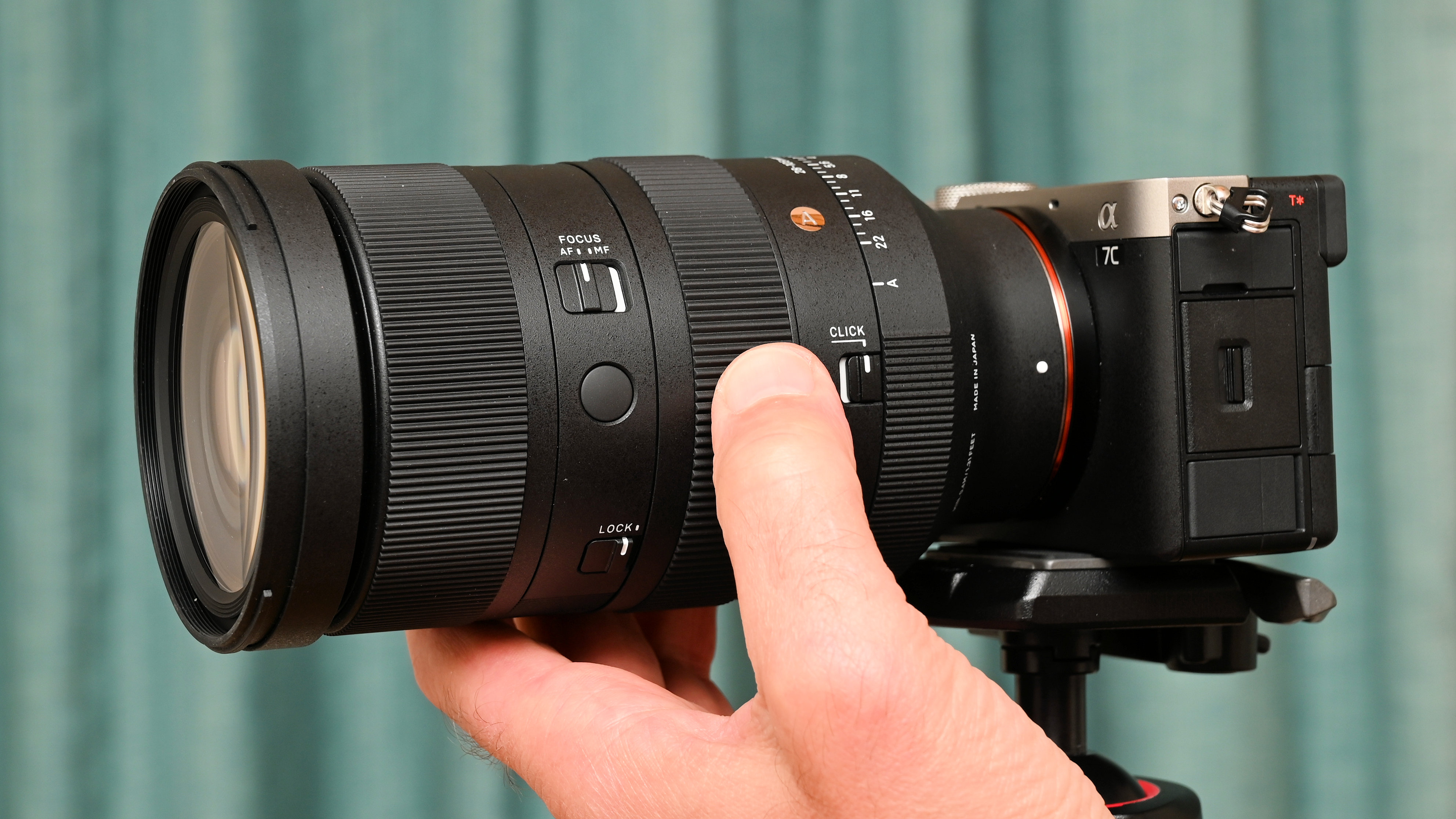
Sigma 28-105mm F2.8 DG DN Art: Specifications
| Mount options | Sony E, L-mount |
| Full frame? | Yes |
| Autofocus? | Yes |
| Image stablization? | No |
| Lens construction | 18 elements in 13 groups |
| Angle of view | 75.4 - 23.3 degrees |
| Diaphragm blades | 12 |
| Minimum aperture | f/22 |
| Minimum focus distance | 0.4m |
| Maximum magnification | 0.32x |
| Filter size | 82mm |
| Dimensions | 88x158mm |
| Weight | 995g |
Sigma 28-105mm F2.8 DG DN Art: Price
The Sigma 28-105mm F2.8 DG DN Art launched in the late summer of 2024, at a price of around $1499/£1399. For the sake of comparison, the Tamron 28-75mm F2.8 Di III RXD G2 sells for around $899/£849 for the Sony E-mount version and $999/£849 for the Nikon Z-mount edition. The Nikon Z 28-75mm F2.8 costs around $997/£849. The Sigma is therefore a fair bit pricier to buy and gives you a tough choice if you shoot with a Sony Alpha mirrorless camera. However, the Sigma lens isn’t available in Nikon Z mount, whereas the Tamron (and more obviously the Nikon lens) isn’t available in L-mount.
Sigma 28-105mm F2.8 DG DN Art: Design & Handling
There’s no getting away from the fact that, for a ‘standard zoom’, the Sigma is relatively big and heavy. There’s a lot of glass involved, with 18 elements arranged in 13 groups. These include no less than five aspherical elements, which help to keep the size and weight to reasonable levels, along with one SLD (Special Low Dispersion) element and two top-grade FLD (‘Fluorite’ Low Dispersion) elements, aiming to maximize clarity while minimizing color fringing. Vital statistics of the lens are 88x158mm and 995g, and it has an 82mm filter attachment thread.
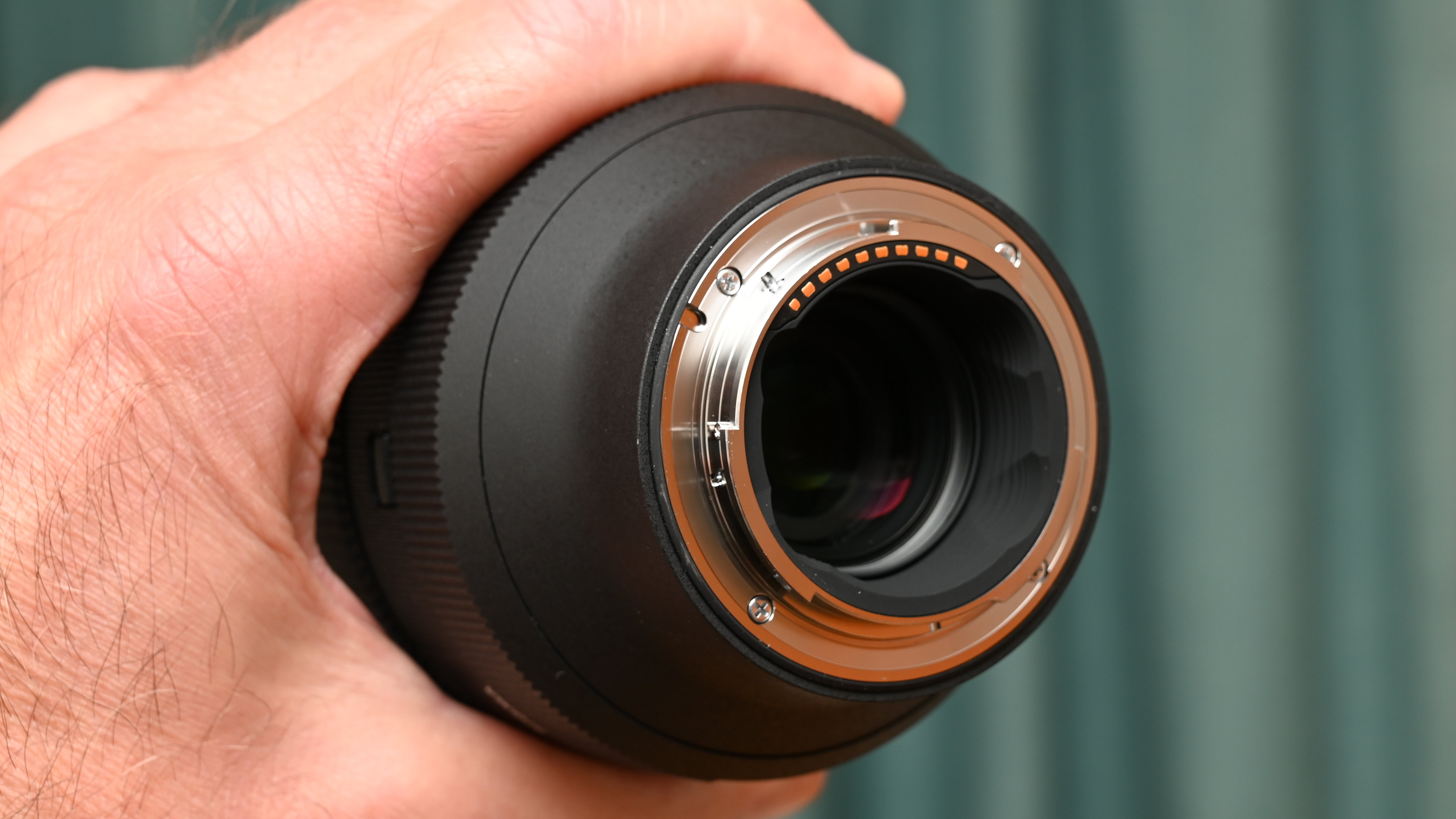
Typical of recent Sigma Art-line lenses, build quality feels very good, based on metal and TSC (Thermally Stable Composite) components, the latter being a high-grade plastic that has the same temperature expansion coefficient as aluminum. The mounting plate is made from brass and the lens features multiple weather seals as well as a fluorine coating on the front element.
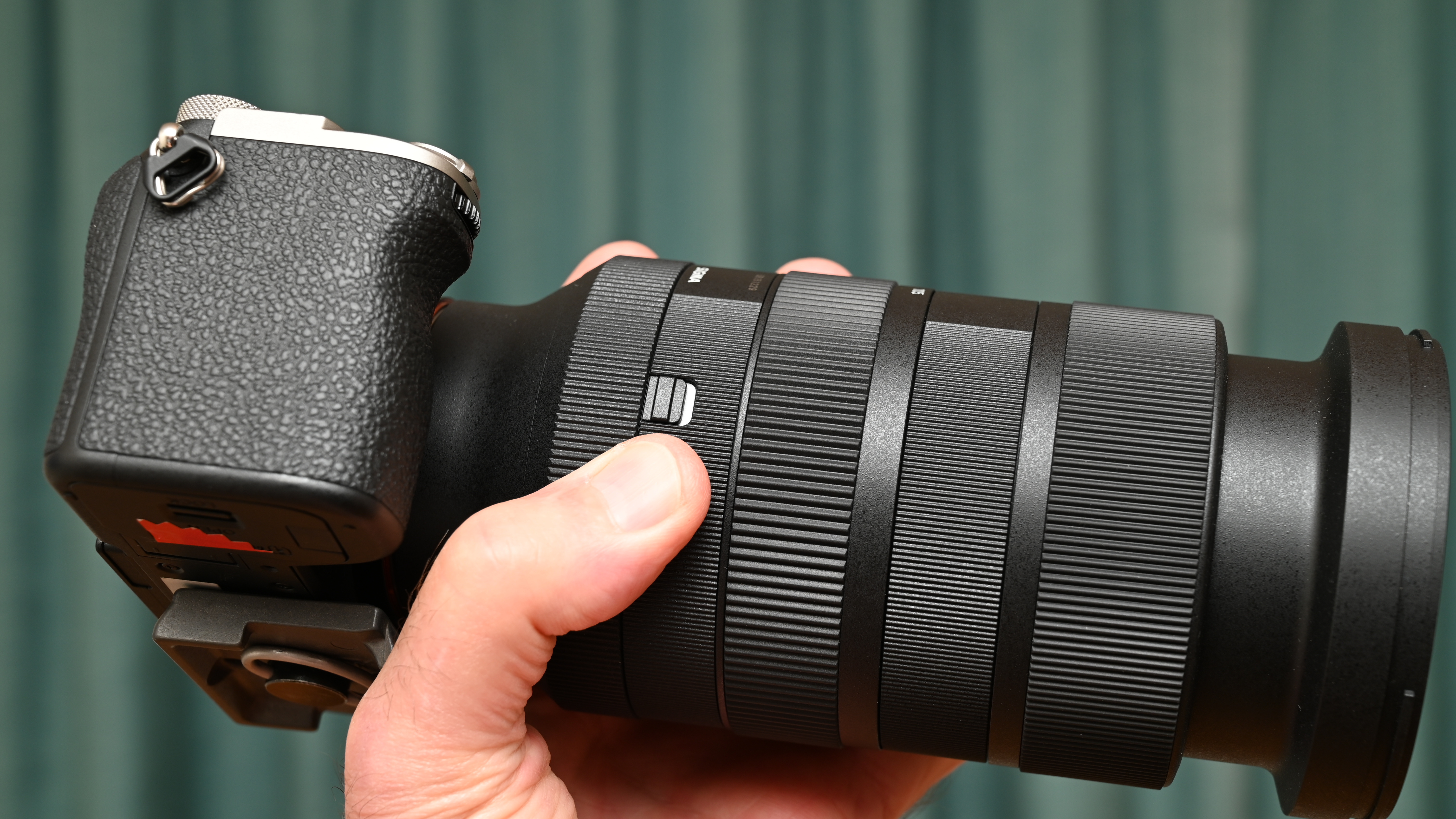
Handling feels exotic. For straightforward shooting, the zoom ring works smoothly and the HLA (High-response Linear Actuator) autofocus system is super-quick and consistently accurate. It’s in the finer points that the Sigma comes into its own. There’s a physical aperture ring that works in one-third click-steps for stills and comes complete with a de-click switch, more ideal for shooting video. I like that there’s also an iris lock switch to avoid the danger of turning the control ring accidentally.
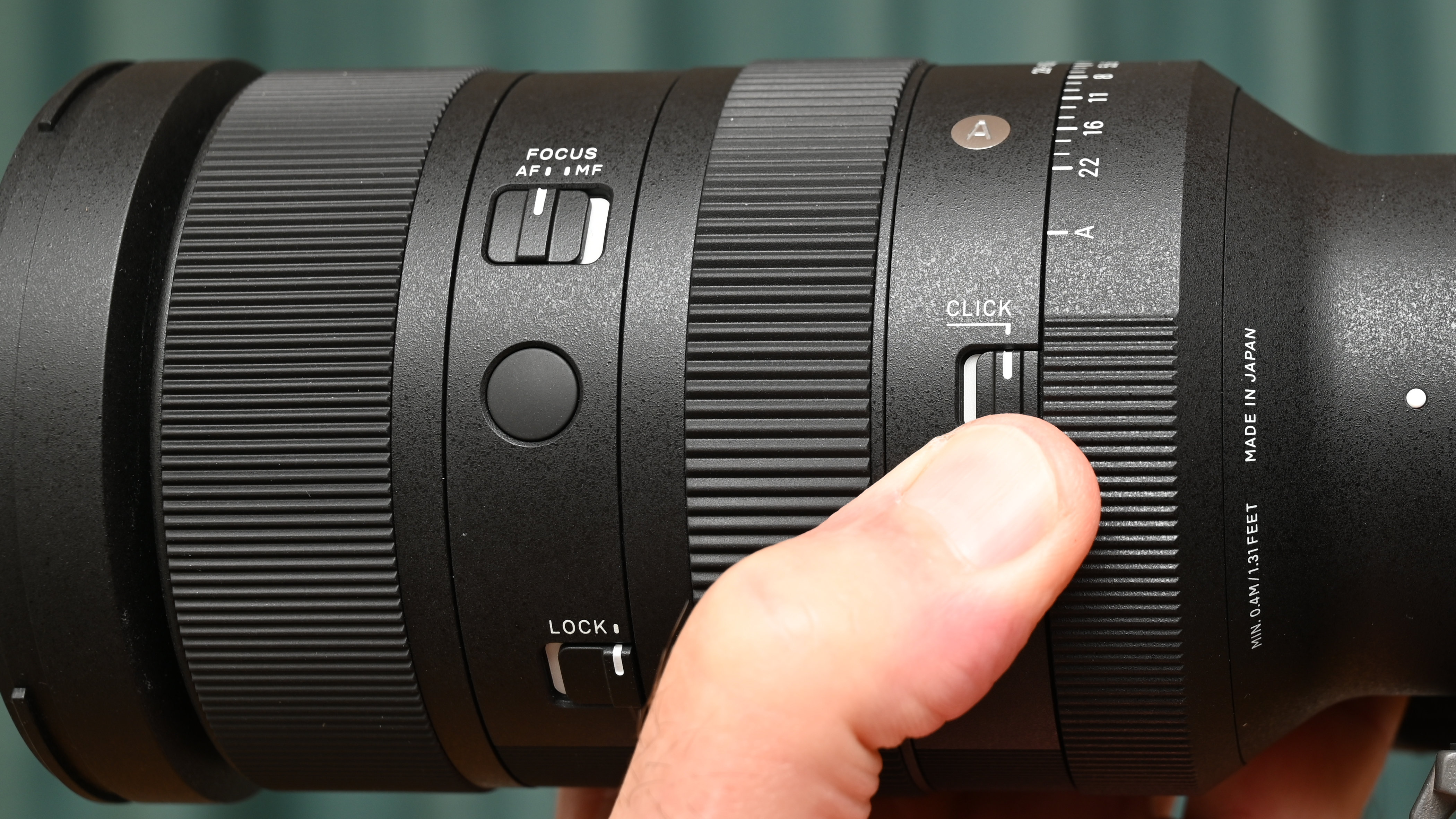
The lens also features an AF/MF focus mode switch, which I always like to see as it saves the need for messing around in camera menus to make the change. The Sigma also has two customizable function buttons, which I’d normally use for AF-hold, but can be assigned to other options where available in camera body menus. Placed with a 90-degree spacing between them, they fall naturally under the thumb in both landscape and portrait orientation shooting.
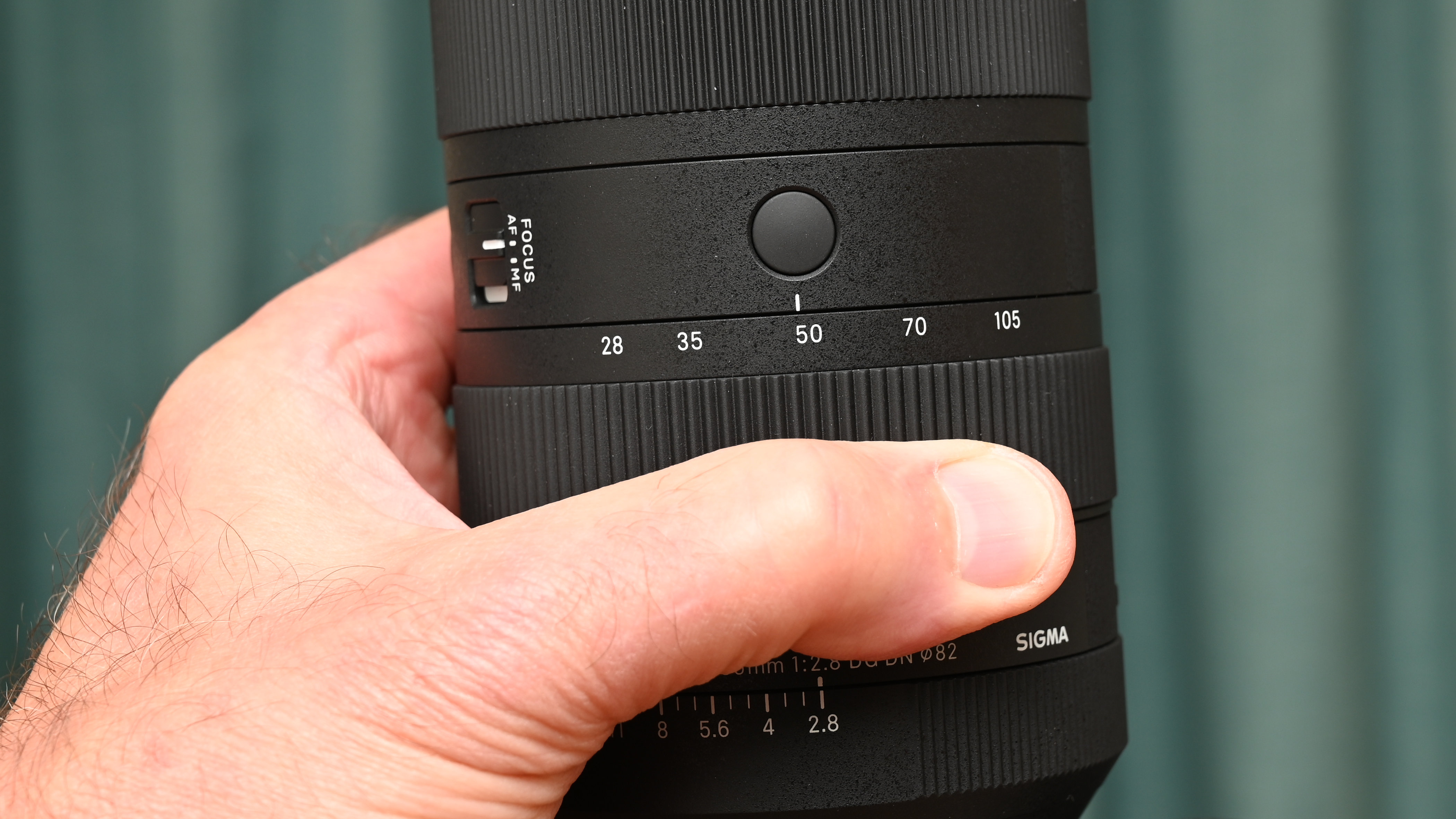
Typically for Sigma Art and Sports series lenses, this one comes complete with a padded soft case and a petal-shaped hood that has a locking release button on the side.
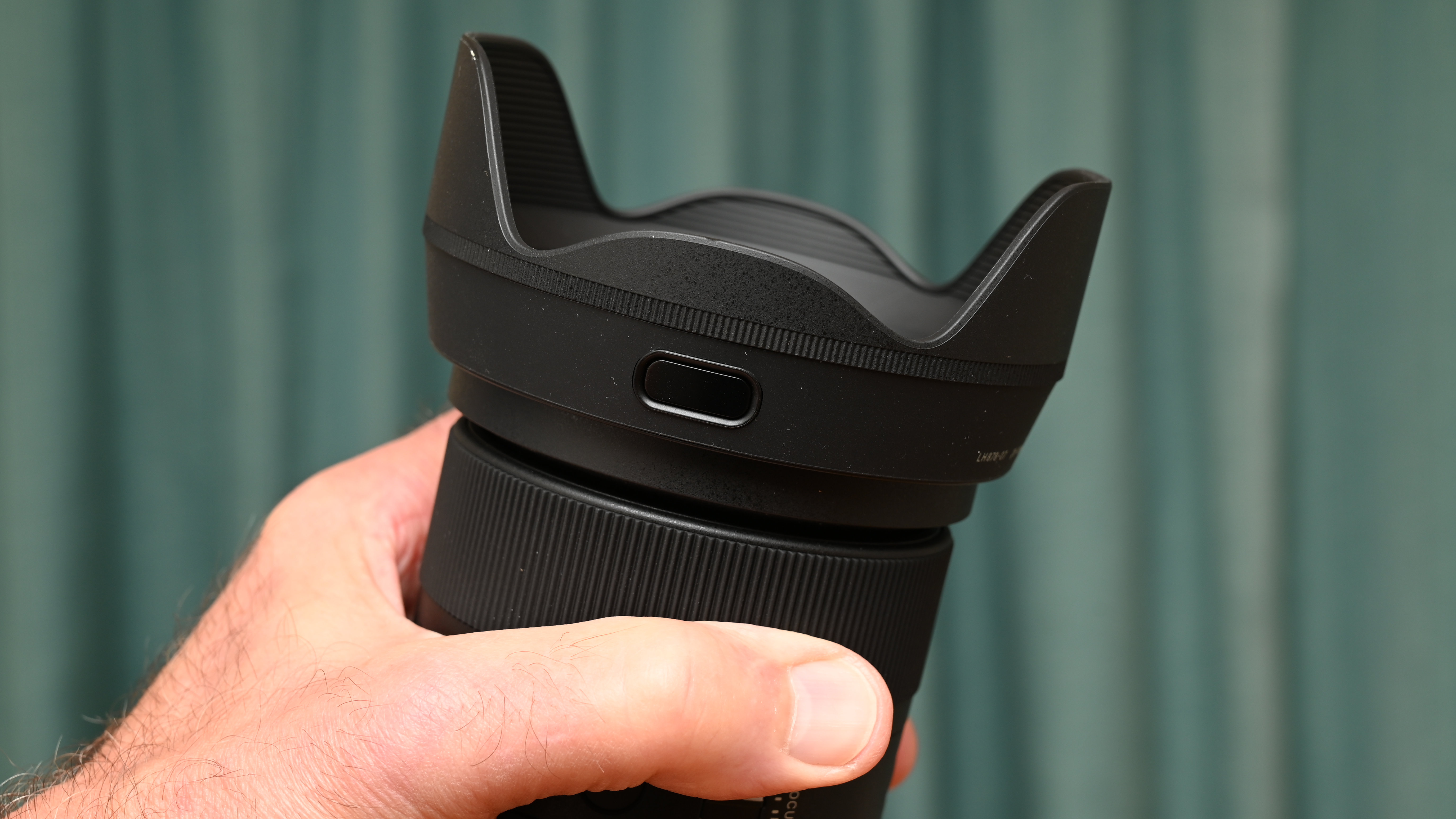
Sigma 28-105mm F2.8 DG DN Art: Performance
I found that the generous 28-105mm zoom range, coupled with a relatively fast and constant f/2.8 aperture, made the lens very versatile for walkaround shooting. It certainly reduced the number of times that I felt the need to swap between standard and telephoto lenses, although I did sometimes miss the wider maximum viewing angle of a 24-70mm ‘trinity’ standard zoom.

For shooting indoors in venues like museums and cathedrals, where tripods are prohibited, one omission is that the lens doesn’t feature optical image stabilization. However, I found that it worked very well with the IBIS (In-Body Image Stabilization) of the Sony A7C II camera that I used for testing the lens. Indeed, you have to go a long way to find an E-mount or L-mount camera that doesn’t feature IBIS nowadays, although it’s a sore point for early adopters of Sony’s Alpha mirrorless cameras like the original A7.

I was very much impressed with the speed and accuracy of the autofocus system, which gave entirely consistent results throughout my testing. Sharpness and clarity of the lens are superb, throughout the entire (oversized) zoom range. Especially at longer focal lengths, I found it easy to get a tight depth of field at f/2.8, to isolate subjects by blurring the background. The quality of bokeh is nice and smooth. Bokeh remains impressive when stopping down a little, helped by a very well-rounded 12-blade aperture diaphragm.

Color fringing can be a little noticeable towards the edges and corners of the image frame at the shortest focal length of 28mm, but die away at longer zoom settings. Automatic in-camera correction is generally available for this anyway. Barrel distortion at the short end and pincushion at the long end are quite severe when uncorrected in-camera, but that’s becoming par for the course with many recently designed lenses for mirrorless cameras. I’ve seen many lenses that rely very much more heavily on in-camera correction for distortion than this Sigma. All in all, performance is excellent.
Sigma 28-105mm F2.8 DG DN Art: Sample Images
The following gallery of example shots were taken indoors at Wells Cathedral in Somerset, UK, and outdoors in sunny conditions at the cathedral and adjacent Bishop’s Palace gardens.
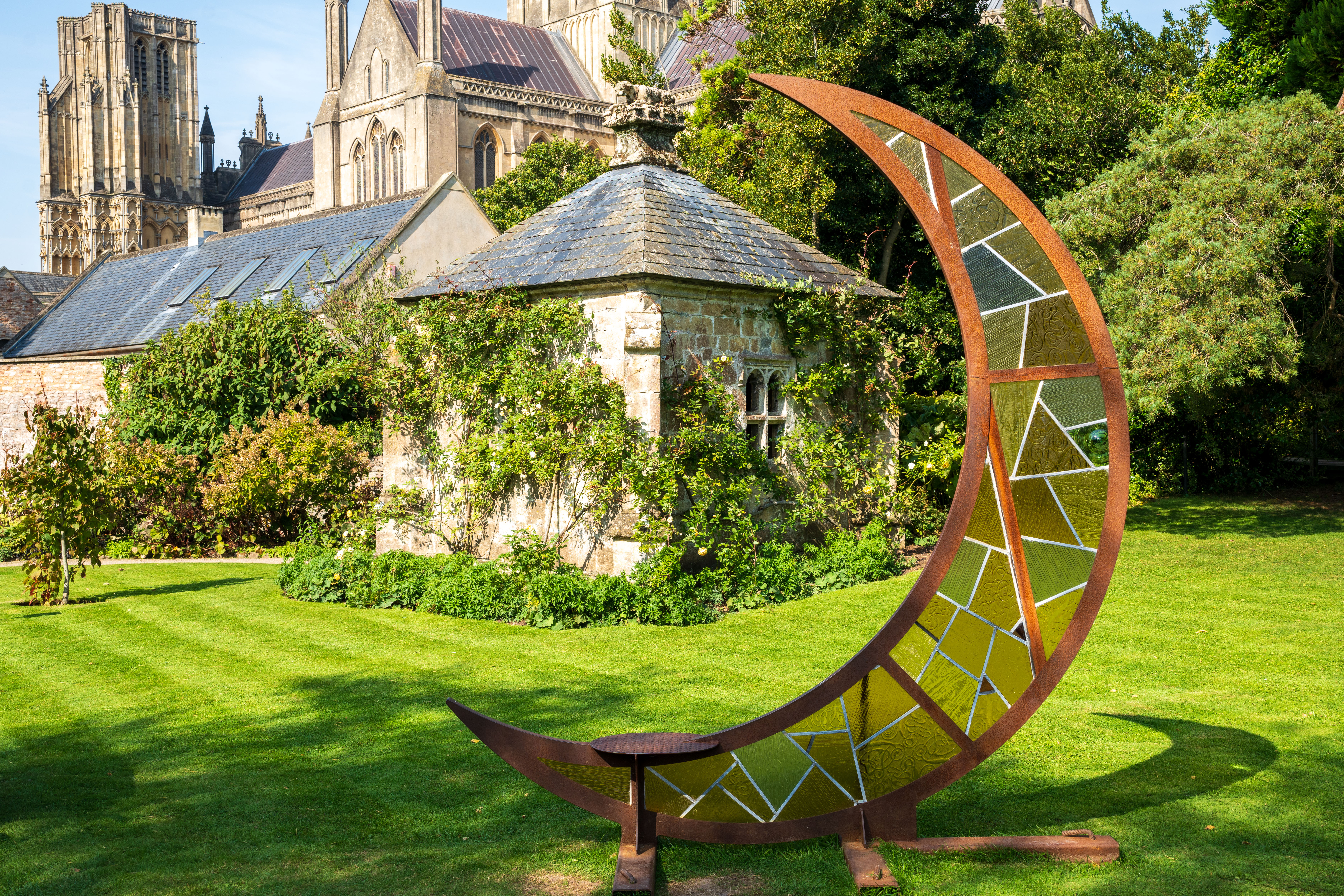
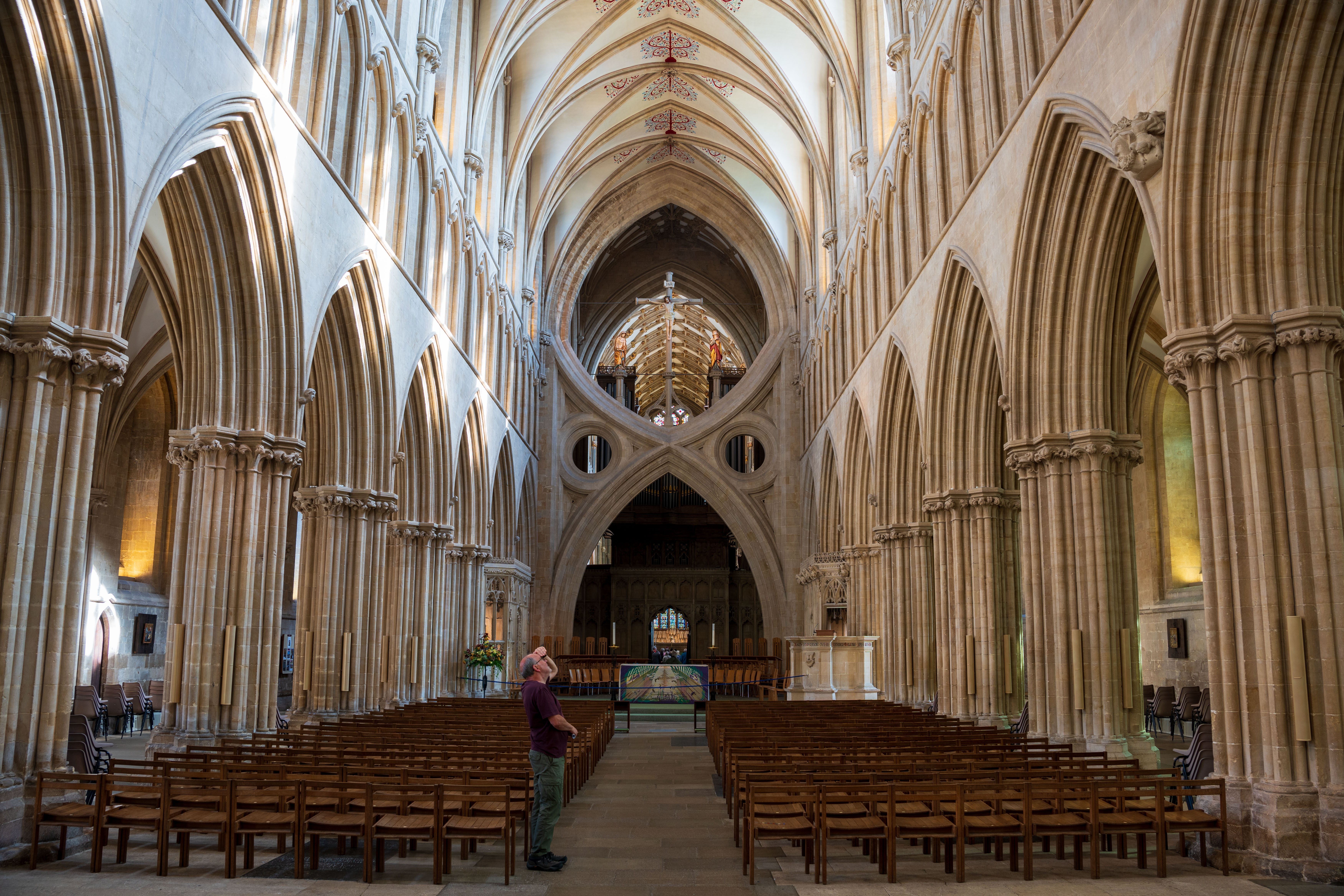

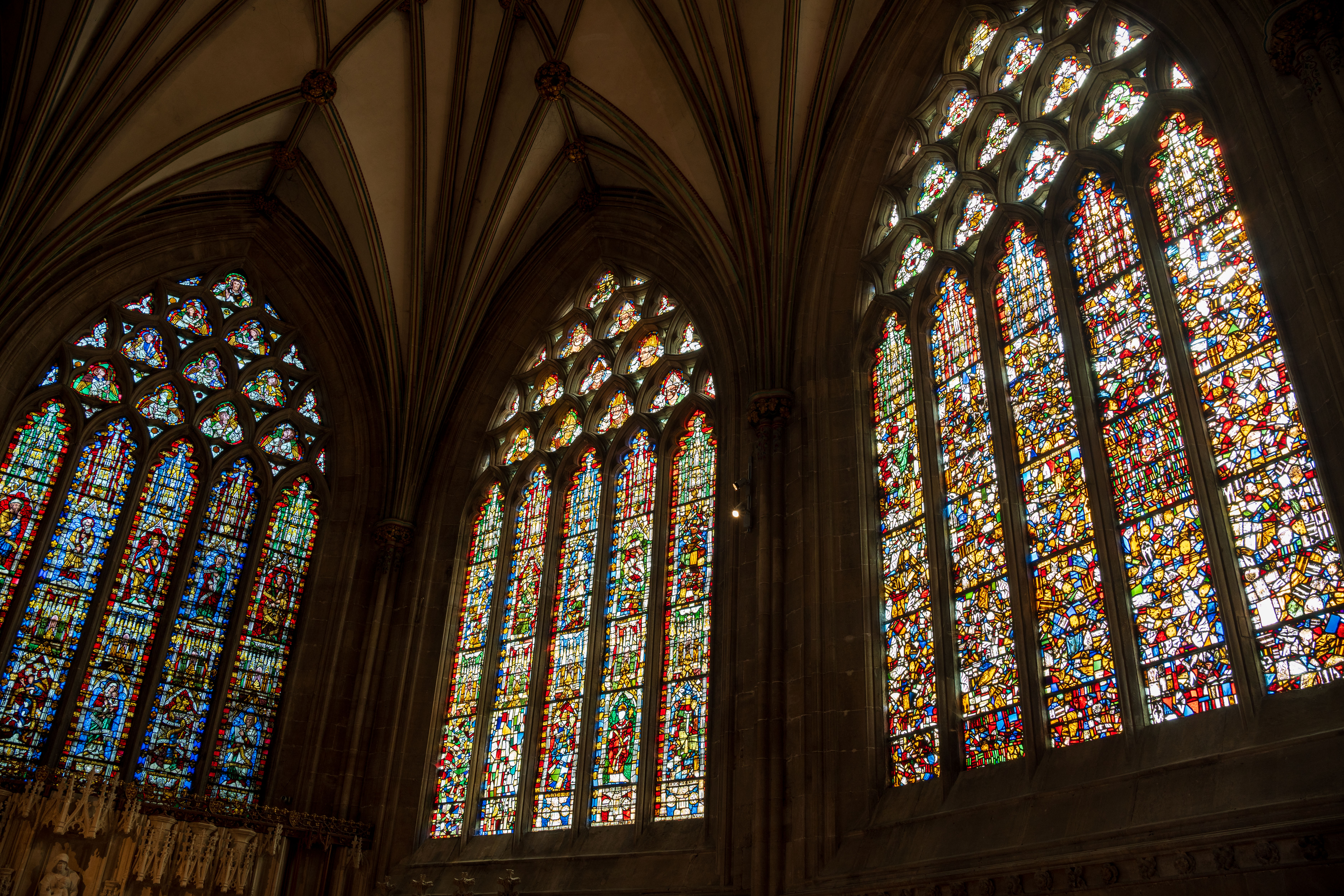
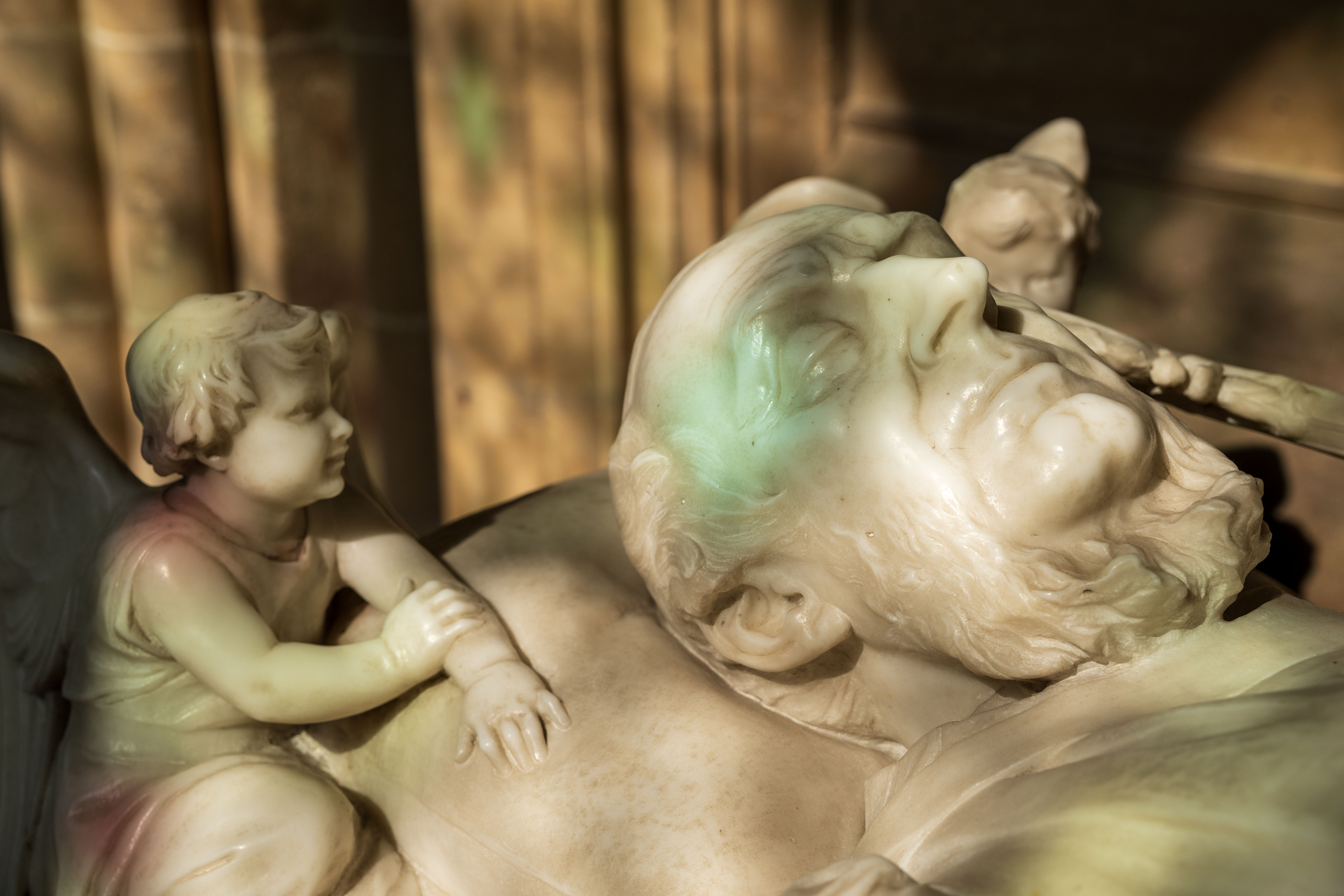
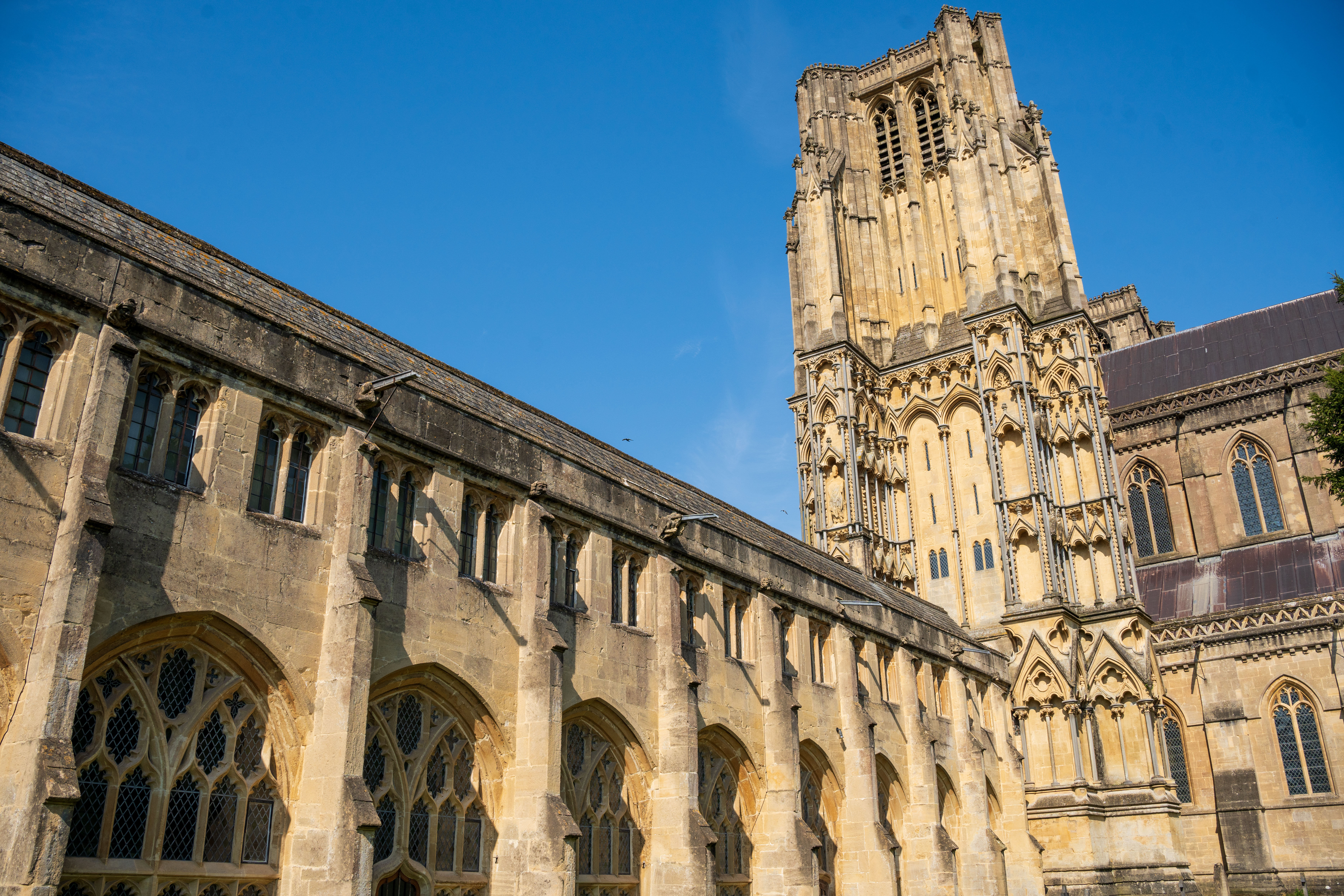






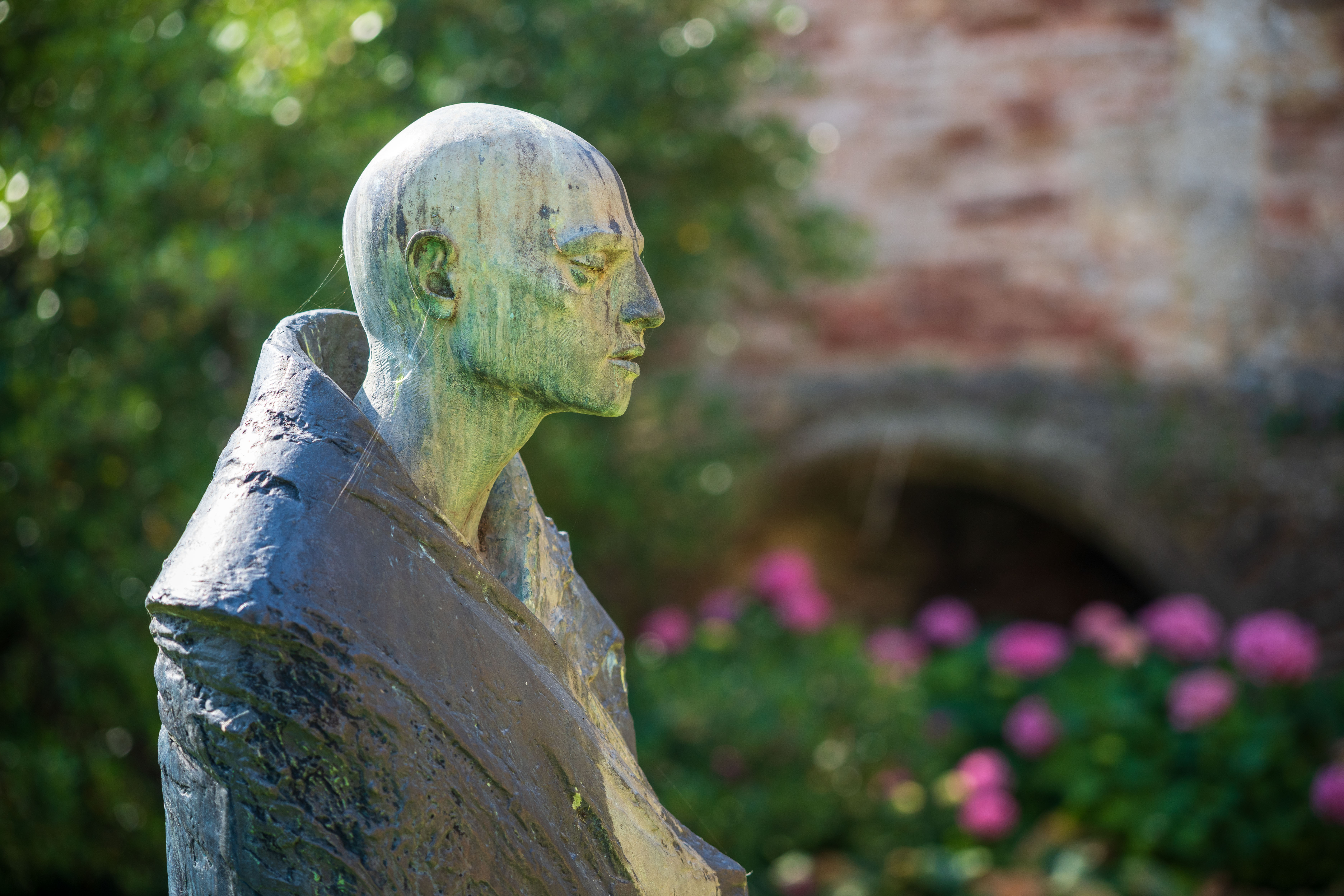

Sigma 28-105mm F2.8 DG DN Art: Lab Results
We run a range of lab tests under controlled conditions, using the Imatest Master testing suite. Photos of test charts are taken across the range of apertures and zooms (where available), then analyzed for sharpness, distortion and chromatic aberrations.
We use Imatest SFR (spatial frequency response) charts and analysis software to plot lens resolution at the center of the image frame, corners and mid-point distances, across the range of aperture settings and, with zoom lenses, at four different focal lengths. The tests also measure distortion and color fringing (chromatic aberration).
Sharpness:
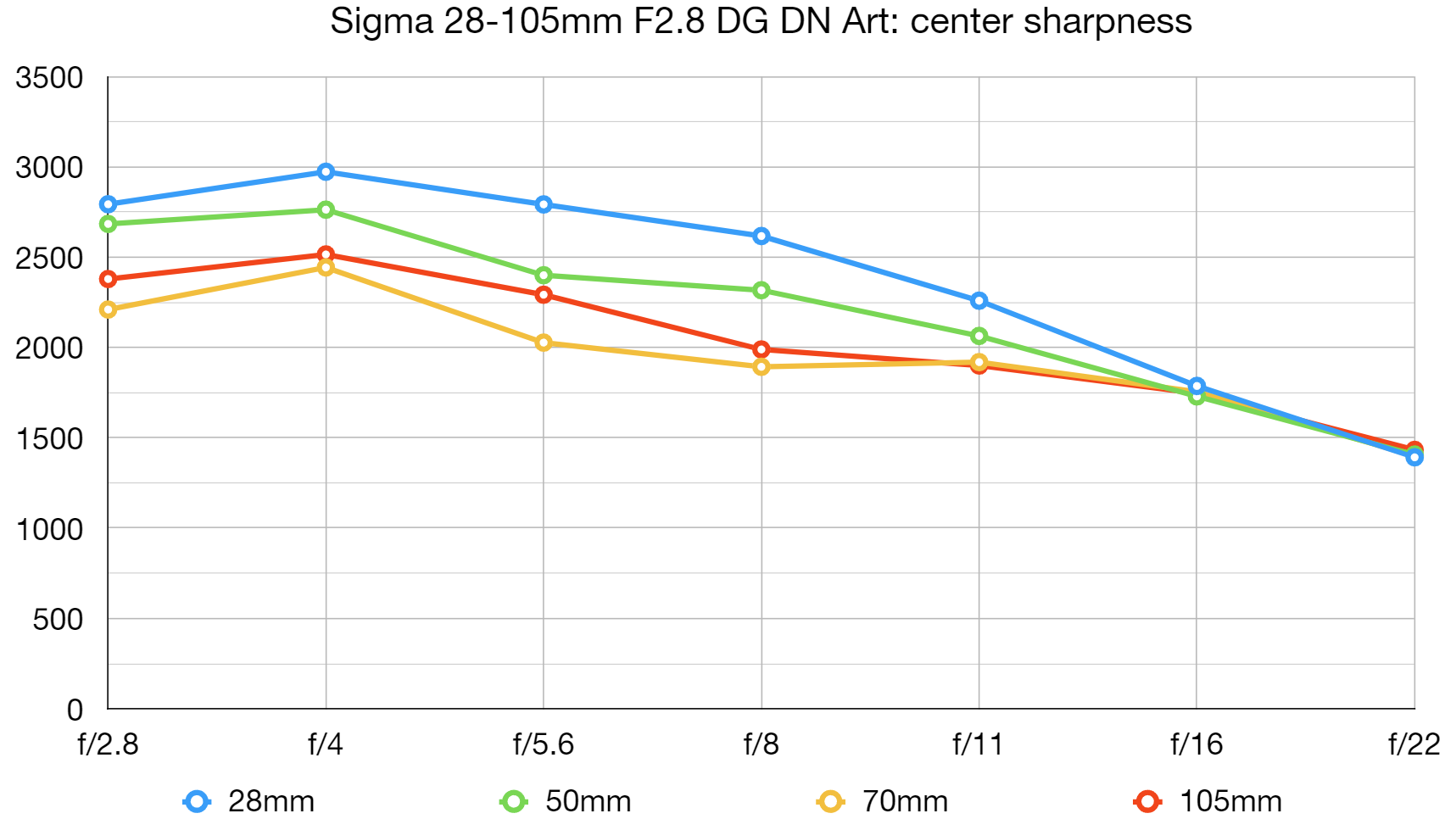
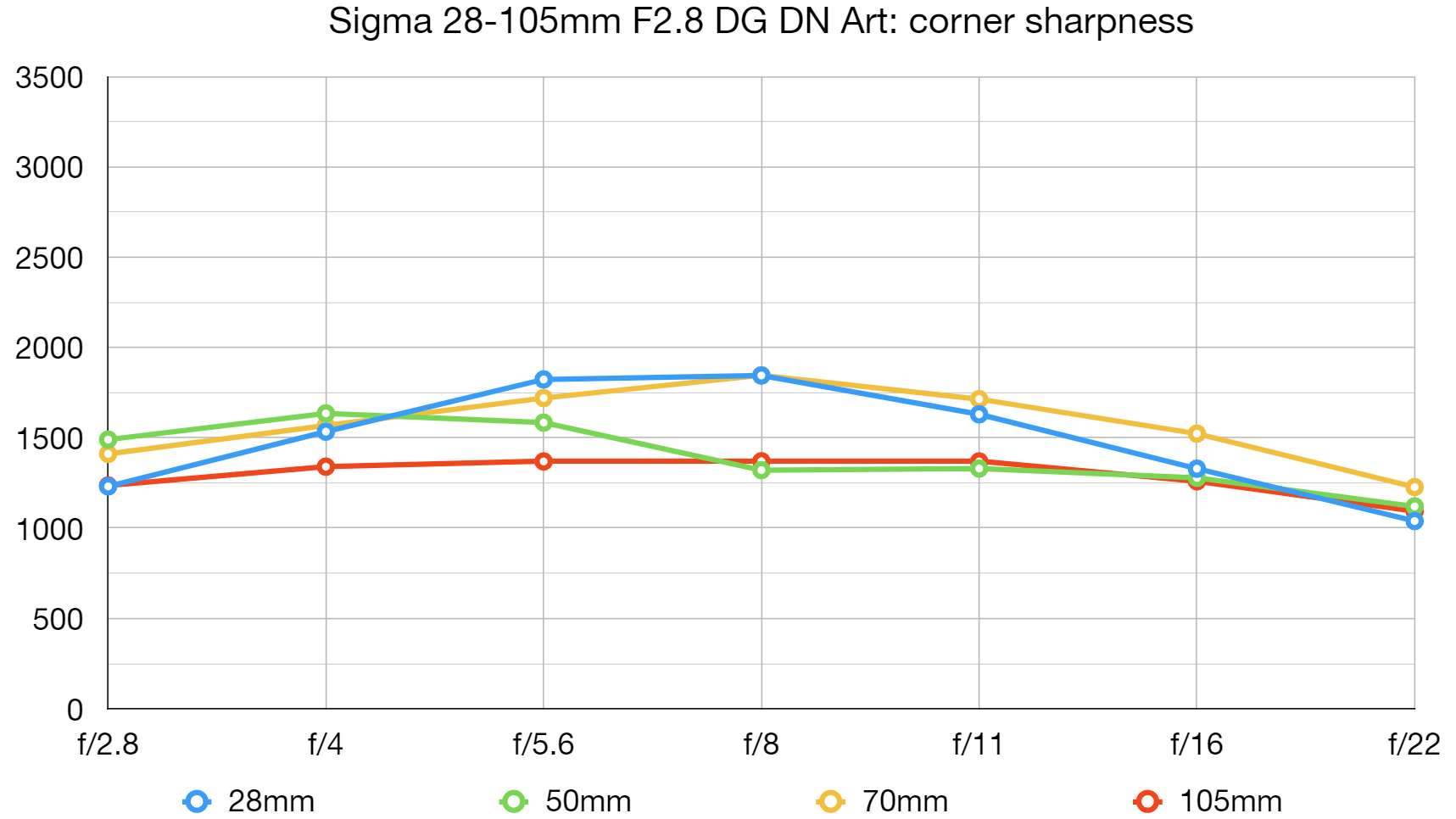
Even when shooting wide-open at f/2.8, sharpness is outstanding across most of the image frame, and the extreme edges and corners come on strong at f/4 at all but the very longest zoom setting, where sharpness is still very good.
Fringing:
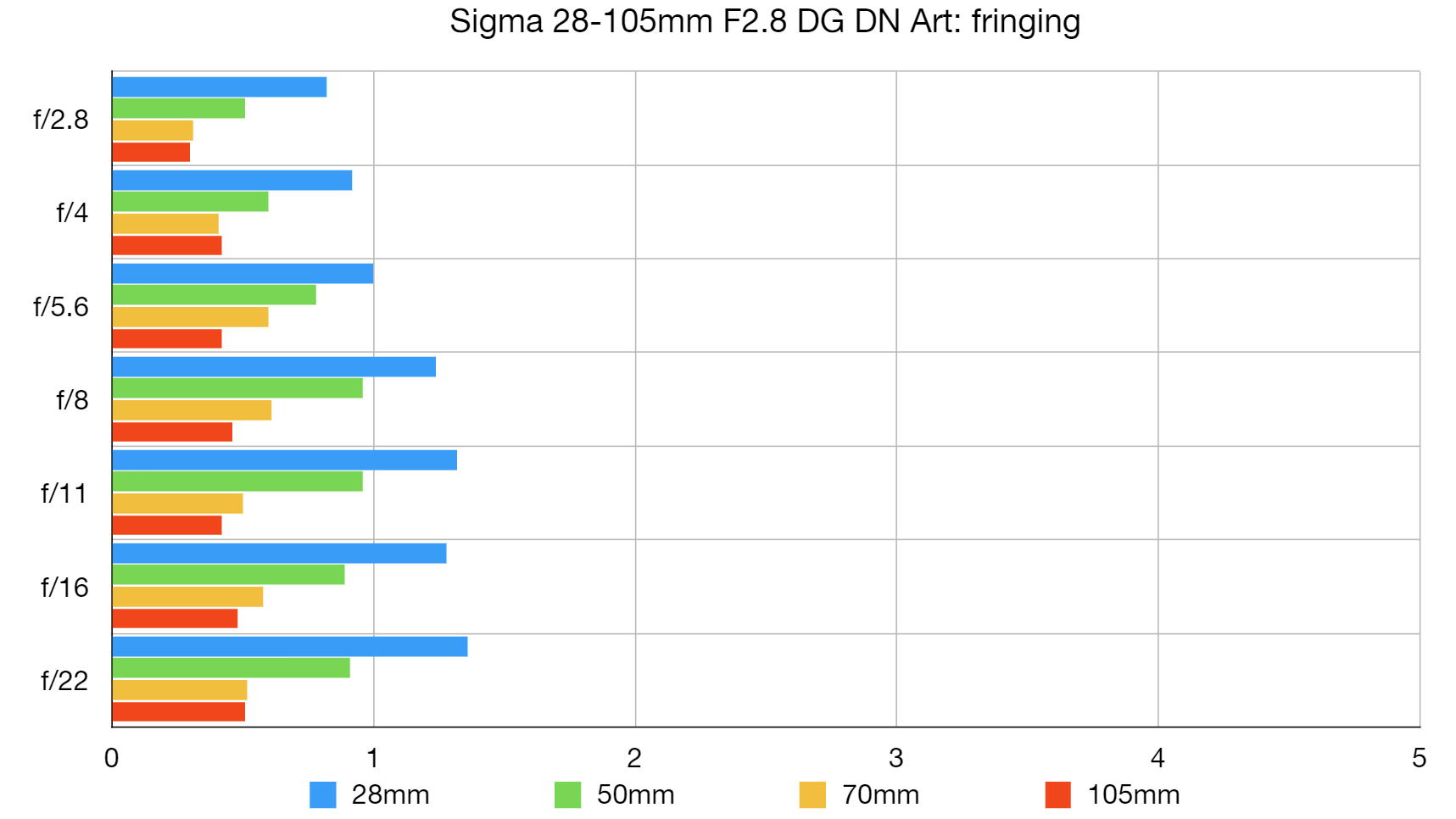
Color fringing can be a little noticeable towards the edges and corners of the image frame when shooting at the shortest zoom setting, when automatic in-camera correction is disabled, but fringing becomes less as you extend through the zoom range.
Distortion:
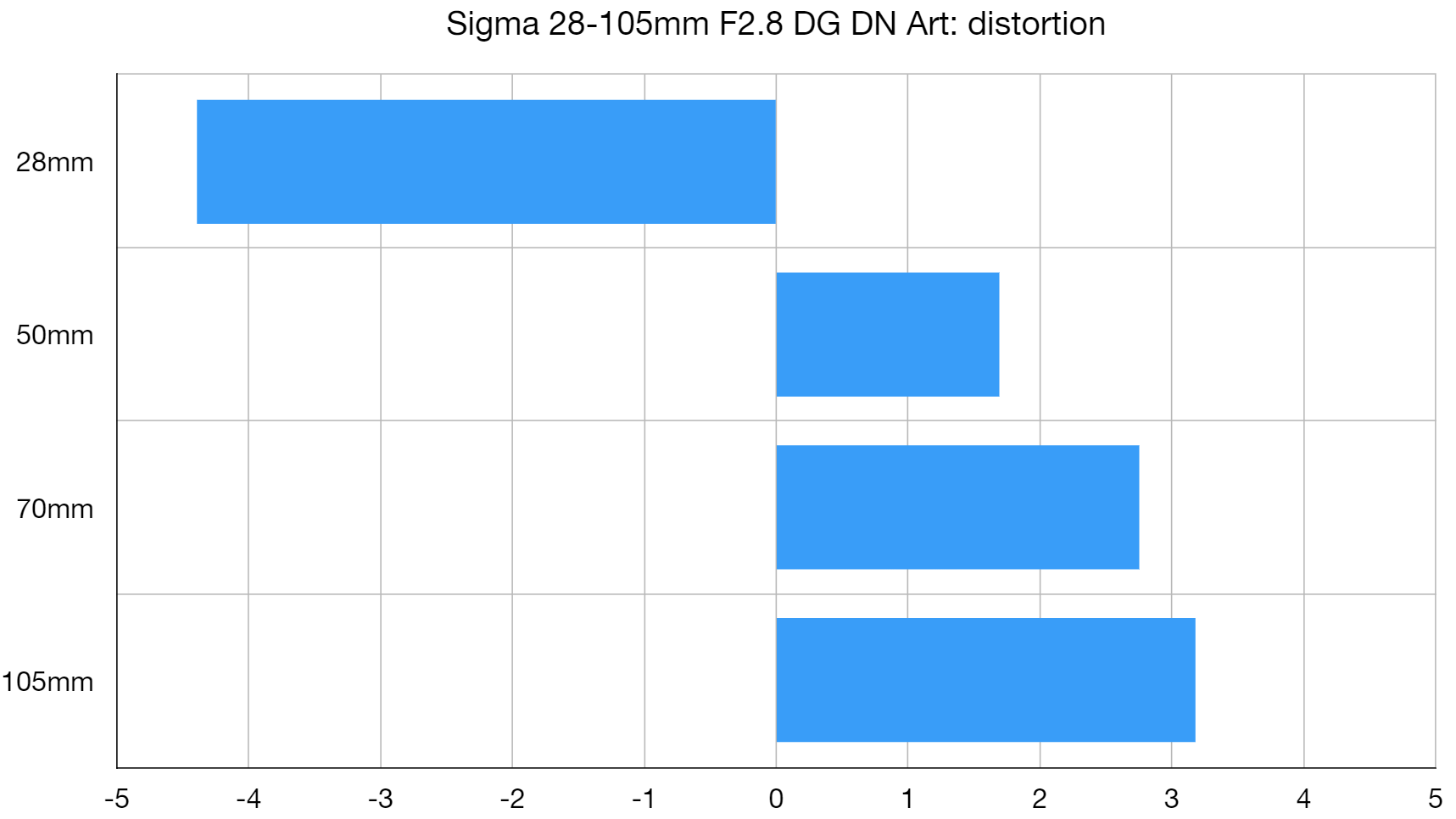
There’s heavy barrel distortion at 28mm, while pincushion distortion gets steadily worse as you extend through the 50-105mm sector of the zoom range. Even so, distortions are less heavily reliant on automatic in-camera correction than with many recent lenses designed for mirrorless cameras.
Sigma 28-105mm F2.8 DG DN Art: Verdict
The Sigma 28-105mm F2.8 DG DN Art certainly isn’t a compact, lightweight lens but that’s no surprise given the oversized zoom range, coupled with a relatively fast and constant f/2.8 aperture. The physical length of the lens extends at longer zoom settings, with a sliding inner barrel, but handling is very refined, while autofocus is fast and accurate, and image quality is excellent. Overall, it’s a very versatile and deeply satisfying lens for wide-ranging shooting scenarios and, while it’s pretty pricey to buy, it’s well worth the outlay.
| Features | There’s a strong feature set but it lacks optical image stabilization, which can be a problem when using some older camera bodies. | ★★★★ |
| Design | The up-market design includes a click/de-click aperture ring and dual function buttons. | ★★★★★ |
| Performance | Fast and accurate autofocus along with superb image quality make the lens a great performer. | ★★★★★ |
| Value | It’s a fairly expensive lens to buy but good value considering its excellent versatility. | ★★★★ |
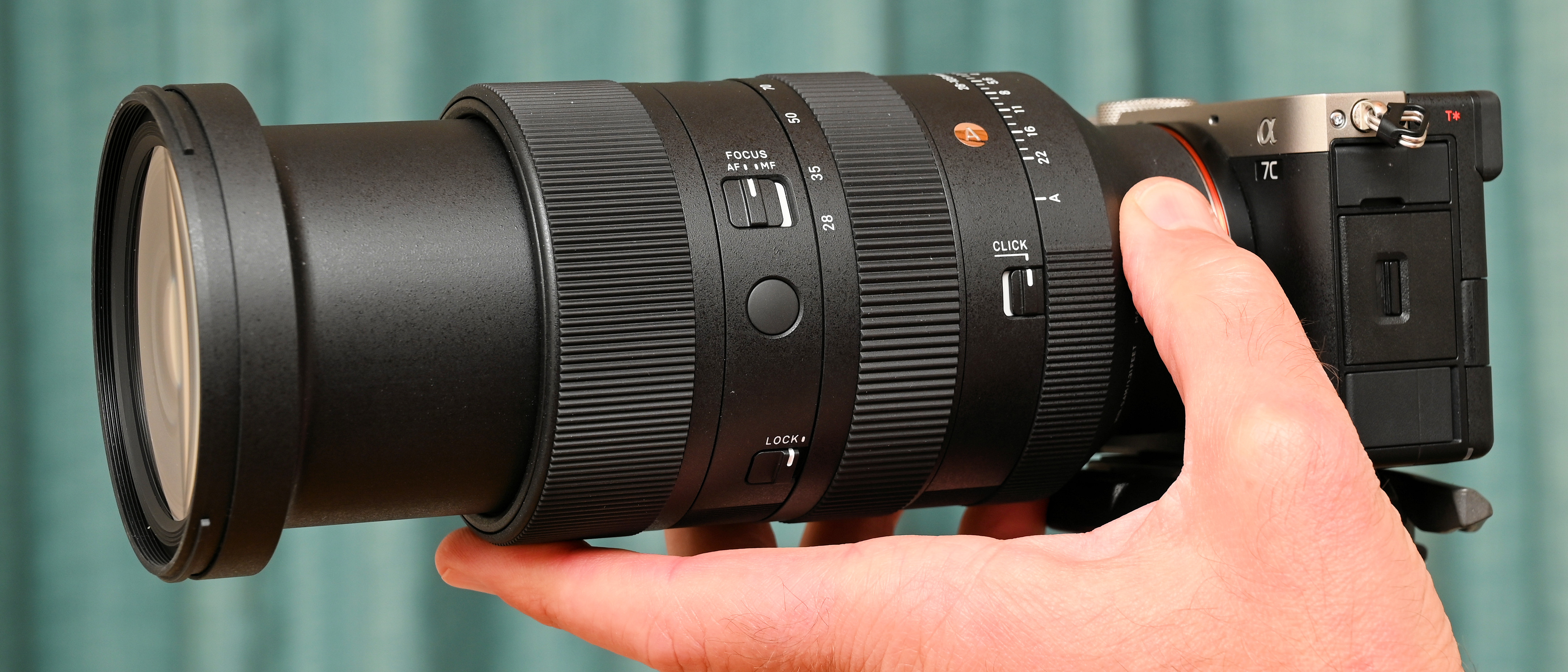
Should you buy the Sigma 28-105mm F2.8 DG DN Art?
✅ Buy this...
- You want a ‘standard zoom’ that stretches to a more generous telephoto length than most examples of the breed.
- You like a zoom lens that has a fast and constant f/2.8 aperture, as well as extras like an aperture ring and customizable function buttons.
🚫 Don't buy this...
- You’d rather have a more compact, lightweight standard zoom for travel and walkabout shooting. There’s a history of smaller 24-105mm f/4 lenses.
- You’d prefer a 24-70mm standard zoom that gives a wider maximum viewing angle and don’t mind relatively limited telephoto reach.
Alternatives
The Sigma 24-70mm F2.8 DG DN II Art is a more conventional ‘trinity’ standard zoom, with a typical 24-70mm zoom range and constant f/2.8 aperture. Measuring 88x122mm and weighing 735g or 745g in E-mount and L-mount options respectively, it’s more compact and lightweight.
The Sigma 28-45mm F1.8 DG DN Art certainly gives a very much more limited zoom range than the 28-105mm lens but comes up trumps for aperture rating, with an unusually fast and constant f/1.8.
Matthew Richards is a photographer and journalist who has spent years using and reviewing all manner of photo gear. He is Digital Camera World's principal lens reviewer – and has tested more primes and zooms than most people have had hot dinners!
His expertise with equipment doesn’t end there, though. He is also an encyclopedia when it comes to all manner of cameras, camera holsters and bags, flashguns, tripods and heads, printers, papers and inks, and just about anything imaging-related.
In an earlier life he was a broadcast engineer at the BBC, as well as a former editor of PC Guide.

